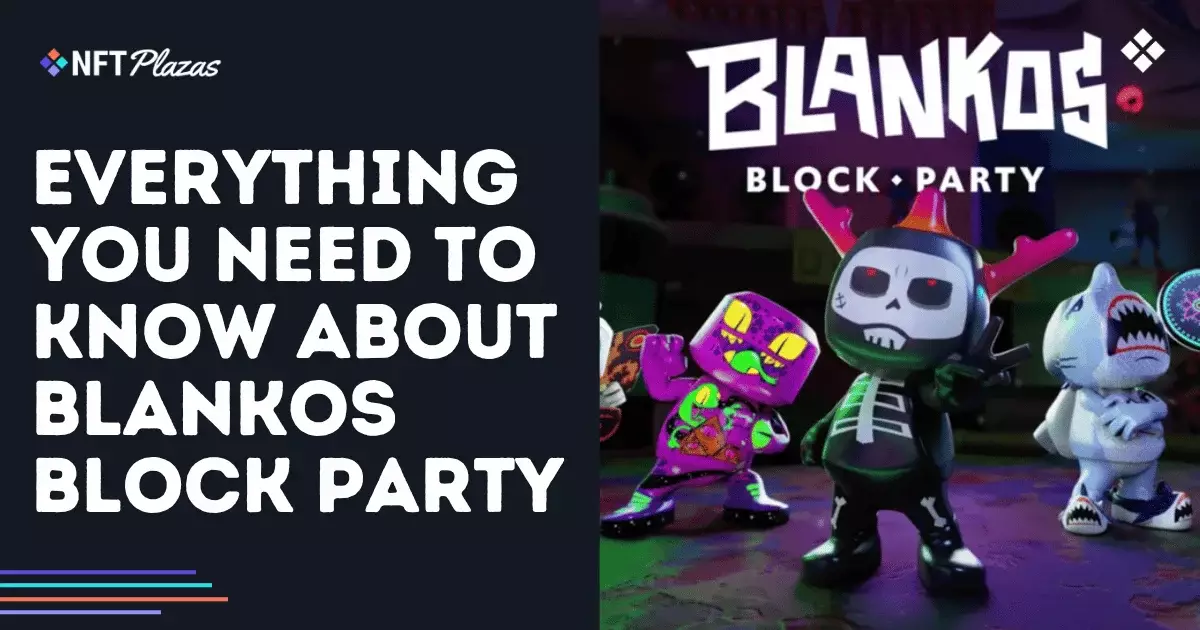The rise of blockchain games like Blankos Block Party sparked a wave of optimism about a new era in gaming—one where players gain true ownership of in-game assets. However, beneath this shiny veneer lies a fundamentally flawed model that overpromises and underdelivers. Blockchain technology, when shoehorned into gaming, often becomes a distraction rather than an enhancement. The notion that players will eagerly invest real money to own rarity-locked digital collectibles ignores the core reasons people play: entertainment, community, and escapism. It’s naïve to assume that tokenized assets automatically enhance these motivations when in reality, they often complicate and commercialize the experience without necessarily adding genuine value.
Most users of titles like Blankos participated in a game primarily driven by traditional gameplay and social interaction, with blockchain features serving as optional add-ons. Over 85% of transactions used fiat currency, exposing the disconnect between the crypto hype and actual player behavior. This reliance on traditional currencies highlights that blockchain’s appeal remains largely superficial—offering the illusion of ownership without truly compelling reasons for widespread adoption. The reality is that blockchain assets are often costly, complicated to handle, and unappealing to mainstream gamers, revealing that the technology’s promises of democratizing ownership are more aspirational than practical.
Brand Collaborations and the Illusion of Prestige
The strategic partnerships with brands like Burberry or personalities such as Deadmau5 were touted as signs of a promising future. Yet these collaborations underscored a deeper issue: they were largely marketing stunts designed to generate hype rather than sustainable gameplay innovations. The real value of these partnerships for players has been minimal—limited-edition items, rather than meaningful gameplay content, dominated these tie-ins. The true purpose was to boost users’ perception of exclusivity and luxury within a gaming environment that remains fundamentally transactional.
Far from transforming gaming into a cultural canvas that fosters genuine creativity, these brand deals often serve to reinforce the speculative nature of NFTs rather than their artistic or social potential. The idea that digital collectibles from high-end brands or celebrity collaborations could redefine cultural relevance is largely wishful thinking. Instead, they reveal that blockchain gaming heavily relies on superficial status symbols, which appeal mainly to collectors and speculators rather than the broader gaming community seeking authentic entertainment.
The Reality of Gameplay and Engagement—A Missing Ingredient
Blankos Block Party, at its core, aimed to merge creative expression with social interaction. It modeled itself after platforms like Roblox, emphasizing user-generated content and community-building. Yet, the integration of blockchain added layers of complexity that alienated many non-crypto users. The unboxing mechanic, scarce collectibles, and resale royalties introduced a level of speculation and rarity obsession that conflicted with pure fun.
In truth, these mechanics often detracted from the core gameplay experience, turning what could be a lively multiplayer party into a marketplace for digital assets. The social hub and creative tools, lauded as innovative, became secondary to the transactional nature of asset trading. As online communities seek authentic connection and engaging gameplay, blockchain’s emphasis on scarcity and ownership often clashes with these desires, leading to a dissonance that hampers long-term engagement.
From Experimentation to Real-World Retrenchment
The decision to shut down the PC version of Blankos and pivot to mobile was, perhaps, inevitable. It illustrated how blockchain-based titles are often more fragile than they appear, vulnerable to regulatory hurdles, technological challenges, and a tepid user base. Mythical Games’ move was driven by economic realities—PC and console markets demand high development costs with uncertain returns, while mobile gaming promises broader reach and quicker monetization.
This transition, coupled with shifting to the Polkadot blockchain, underscores a core flaw in the blockchain gaming promise: scalability and affordability remain critical issues. Moving assets across different platforms and blockchains, while technologically appealing, only complicates the user experience. The simplified online marketplace and focus on mobile cannot conceal the fact that blockchain remains a niche feature rather than a core gameplay element: a gimmick layered atop a market that is still unwilling to fully embrace it.
The Mirage of Mainstream Adoption and the Future of Blockchain Gaming
Blankos’ early influence on the NFT space created a false narrative of rapid mainstream acceptance. Its initial success helped showcase blockchain’s potential to revolutionize ownership and creator royalties. However, the platform’s decline and transition expose the overhyped optimism surrounding blockchain gaming. The core flaw remains: genuine engagement and mass adoption necessitate simplicity, entertainment, and community—none of which blockchain features have convincingly provided.
The hope that blockchain will democratize gaming or fundamentally change content creation is largely a mirage. Most players are not motivated by intangible ownership; they seek fun, challenge, and social bonds. The mini-ecosystem myth ends when faced with the reality that blockchain adds friction without proportionate benefit. Titles like Blankos reveal that technology alone cannot craft a compelling gaming experience unless it aligns with the fundamental desires of the player base.
While some argue that blockchain’s integration into mobile gaming could be the next wave, the truth remains: without genuine utility, transparency, and ease of use, these innovations will remain in the realm of hype rather than revolution. The future of blockchain gaming is, at best, a cautious experiment—more a reflection of industry overreach than a blueprint for sustainable entertainment.

